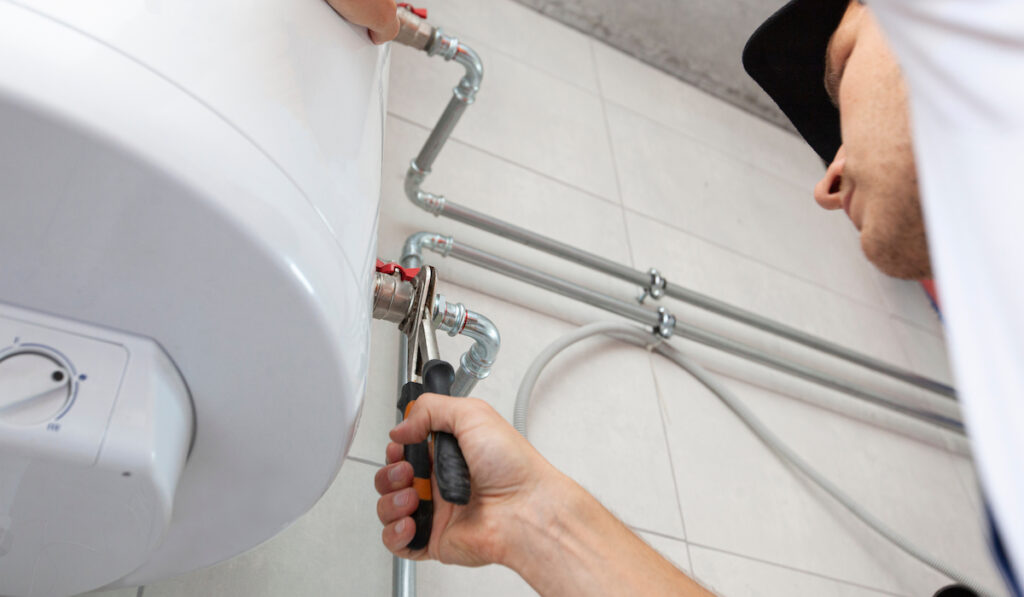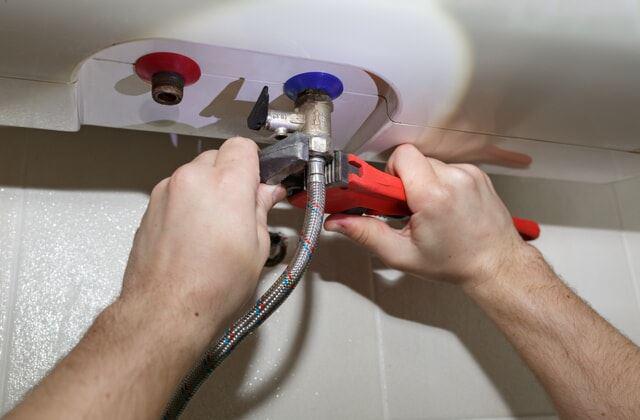Step-by-Step Guide to Maintaining Your Home's Hot Water SystemImportant Care Strategies for Your Home's Hot Water System
Step-by-Step Guide to Maintaining Your Home's Hot Water SystemImportant Care Strategies for Your Home's Hot Water System
Blog Article
Just about everyone maintains their own unique conception in relation to What Kind of Maintenance Do Water Heaters Need?.

Hot water is necessary for daily comfort, whether it's for a refreshing shower or washing meals. To ensure your hot water system runs efficiently and lasts much longer, regular maintenance is crucial. This write-up offers functional tips and insights on just how to maintain your home's warm water system to avoid interruptions and pricey repair work.
Introduction
Keeping your home's hot water system might appear challenging, yet with a few easy actions, you can ensure it operates smoothly for several years to come. This guide covers every little thing from recognizing your warm water system to DIY maintenance ideas and recognizing when to hire expert help.
Importance of Preserving Your Warm Water System
Normal maintenance not only extends the lifespan of your hot water system yet additionally guarantees it operates efficiently. Ignoring upkeep can bring about decreased effectiveness, greater power costs, and even premature failure of the system.
Indications Your Warm Water System Demands Upkeep
Knowing when your warm water system needs attention can avoid major problems. Watch out for indications such as inconsistent water temperature, unusual sounds from the heating system, or corroded water.
Purging the Hot Water Heater
Flushing your hot water heater gets rid of debris build-up, boosting efficiency and prolonging its life.
Checking and Replacing Anode Rods
Anode rods prevent rust inside the container. Inspecting and replacing them when worn out is vital.
Complex Issues Requiring Professional Help
Instances consist of significant leakages, electric issues, or if your hot water heater is constantly underperforming.
Routine Expert Maintenance Benefits
Professional upkeep can consist of detailed examinations, tune-ups, and making sure compliance with safety criteria.
Evaluating and Readjusting Temperature Level Settings
Adjusting the temperature setups makes certain optimal performance and safety and security.
Do It Yourself Tips for Upkeep
You can do several upkeep jobs on your own to maintain your warm water system in top condition.
Checking for Leaks
Frequently check pipes and connections for leaks, as these can cause water damages and greater expenses.
Comprehending Your Hot Water System
Before diving into upkeep jobs, it's valuable to understand the basic components of your warm water system. Commonly, this includes the water heater itself, pipelines, anode poles, and temperature controls.
Monthly Upkeep Tasks
Routine regular monthly checks can aid catch minor concerns before they escalate.
Checking Pressure Alleviation Valves
Testing the stress relief valve guarantees it functions appropriately and stops too much pressure build-up.
Protecting Pipes
Protecting warm water pipelines reduces warmth loss and can conserve energy.
When to Call a Professional
While do it yourself upkeep is advantageous, some issues call for expert knowledge.
Conclusion
Normal maintenance of your home's hot water system is crucial for efficiency, durability, and price savings. By following these suggestions and knowing when to look for professional aid, you can make sure a dependable supply of warm water without unforeseen disruptions.
Water Heater Maintenance: The Basics
Maintaining your water heater will ensure it operates efficiently and has a longer lifespan. Neglecting regular maintenance can lead to costly repairs and an even bigger chunk of your savings if you have to replace it sooner than necessary. But there’s good news: Most water heater maintenance tasks are relatively simple and easy for homeowners with basic DIY skills.
Flush the Water Heater
Over time, sediment and minerals can build up in the tank, reducing its efficiency and potentially causing damage. To flush the tank, turn off the power or gas supply, attach a hose to the drain valve near the bottom and open the valve to drain the water until it runs clear. Ideally, flush the tank annually.
Replace the Anode Rod
The anode rod is a sacrificial metal rod that helps prevent corrosion inside the tank. Inspect and replace it every three to five years or per the manufacturer's recommendation. To replace the anode rod, turn off the power or gas supply, drain a few gallons of water from the tank, unscrew the old rod and replace it with a new one. If the anode rod is significantly corroded or covered in calcium buildup, it's a sign the water heater may need to be replaced soon.
Tune-Up
A yearly tune-up can help identify potential issues and ensure your water heater operates at peak efficiency. This typically involves checking the thermostat, burner assembly (for gas heaters) and any other components specified by the manufacturer. During a tune-up, the technician may also clean the burner and adjust the pilot light (for gas heaters) or examine the heating elements (for electric heaters).
How to Maintain Your Water Heater
Insulate the tank. Insulating the tank can improve energy efficiency and reduce heat loss, saving you money on energy bills. You can purchase precut insulation blankets designed specifically for water heaters or use standard fiberglass insulation wrapped securely around the tank. Check the temperature. The recommended water temperature for most households is around 120 degrees Fahrenheit (49 degrees Celsius). Higher temperatures can increase energy costs and potentially cause scalding. Use a kitchen thermometer to check the temperature at the faucet nearest the water heater. Monitor water pressure. Excessive water pressure can strain the water heater and cause leaks or even tank failure. Install a pressure-reducing valve if necessary. The ideal water pressure range is between 60 and 70 PSI (pounds per square inch). Test the temperature and pressure (T&P) relief valve. The T&P relief valve is a safety feature that releases pressure if the tank gets too hot or the pressure builds up too high. Test it annually by lifting the lever and allowing a small amount of water to release. Replace the valve if it doesn't release water or reseal properly. Check for leaks. Regularly inspect the tank, pipes and fittings for leaks or corrosion. Deal with issues promptly to prevent further damage. Even a small leak can lead to significant water damage over time. Consider a tankless water heater. If your traditional tank-style water heater is nearing the end of its lifespan ( typically 10 years), consider replacing it with a tankless water heater. These units heat water on demand, reducing standby energy losses and potentially saving you money on your energy bills. Schedule professional maintenance. While homeowners can perform many water heater maintenance tasks, it's still a good idea to schedule professional maintenance every few years. A plumber or HVAC technician can thoroughly inspect the unit, identify potential issues and ensure it operates safely and efficiently. https://www.homeserve.com/en-us/blog/home-improvement/hot-water-heater-maintanence/

We were made aware of that write-up on How to Maintain a Hot Water Heater in a Few Simple Steps through a good friend on another web address. Are you aware of another individual who is excited by Water Heater Maintenance Tips You Can't Afford to Forget? Why not share it. Many thanks for taking the time to read it.
Estimate Report this page